WHAT IS INCLUDED WITH EACH KA-RC-1?
The KA-RC-1-240V package includes the actual machine, and:
- KA-B1 combination carbon fiber brush / parastatic felt brush x1.
- KA-AS1 60mL (2oz.) combination anti-bacterial, anti-static, ultrasonic surfactant spray solution x1.
- KA-B-1 Goat-hair brush x1.
- KA-N-1 20 mL (0.67 oz) stylus cleaner with brush x1.
- One KA-MT-2 5″ felt mat x1.
- KA-MF-1 Workstation Microfiber Rabbit cloth for drying out the rinsed goat hair brush between surfactant applications x1.
- KA-MF-2 Optician’s Microfiber cloth x1
- User Manual
Please note that not supplied but required with the system per washing session: 6 Litres of Distilled water, 40 ml (1.4 ounces) of Isopropyl Alcohol 70%
An Affordable Solution To Maintaining And Restoring Your Vinyl Collection: THE POWER OF 810 CAVINS OF 35KHz CAVITATION WITH 70 KHz PASSIVE RESONANCE AND RECORD IONIZATION NOT JUST SURFACE CLEANS, BUT REVEALS DETAILS PRESSED BY THE STAMPER HIDDEN BY THE PRESSING OIL THAT SURFACES DURING THE PRESSING PROCESS.
GLOBALLY RECOGNIZED AS THE LEADER IN RECORD RESTORATION AND NOT SURFACE CLEANING WITH PATENTED TECHNOLOGY DEVELOPED IN THE USA. AFTER THE KIRMUSS PROCESS: YOUR NEEDLE NOW MAKES CONTACT WITH THE DETAIL AS PRESSED.
After 12 years of researching the record manufacturing and storage environments and processes, audiophile and business owner Charles Kirmuss developed the KA-RC-1 Ultrasonic Record Restoration System, an affordable and easy-to-use record cleaning and groove restoration system. Studying competing products—as well as the cause and effect of standing waves in ultrasonics, cavitation, plasma effect, and the effects of like charges between water and a record—Kirmuss instituted his own changes: for example, his safe top-of-tank record suspension system as well as adding a 70kHz PASSIVE resonance to a standard 35kHz sonic evenly distributing the effects of cavitation safely to the records, and a method to change a record’s charge to be opposite to that of water in the sonic’s tank, to attract to the record the benefit of ultrasonic cavitation. While DIY and Chinese ultrasonic systems skewered eight to 12 records only partially inserted in a bath, Kirmuss’ study found that as to not create standing waves, records needed to be properly spaced. These standing waves diminish the effectiveness of using ultrasonic cavitation, so the KA-RC-1 therefore allows only four records in a six-liter tank. (The Audiophile Society of NJ ZOOM presentation, found on our home page, reviews record manufacturing and cleaning processes in greater detail.) The Kirmuss process, proven by the easy and universally recognized Aluminum Foil Test, AND THE USE OF A CAVITATION TESTER sees records spaced properly so that the entire disc is cleaned and restored. Added where discovered in DIY and Chinese ultrasonic systems sold where skewered records upwards of 8 to 12 at a time in a 6 liter tank of water that are at times only partially inserted in a bath, discovered in his study where records need to be spaced properly so as not to see the effect of standing waves created. Not more than 4 records in a 6 liter tank. If more than 4 records are inserted, this standing wave diminishes the effectiveness of using ultrasonic cavitation, and only touching the edges of the record as a result.
Rather than a system that further damages records or one that’s near-identical to those for jewelers and dentists, Kirmuss relies on science and technology. The professionally manufactured KA-RC-1 is a patented design and process with proper spacing between records, ensuring proper removal of fungus, fingerprints, release agents from old pressing machines, and residues left from other cleaning processes. All the nasty dust embedded in release agents or micro-welded in the groove is lifted, revealing hidden groove details and eliminating unwanted pops.
Since both the water and record have the same slight negative charge, water with or without a cleaning solution added in an ultrasonic’s tank with a record spinning cannot see any sonic action in the record’s grooves. Like charges repel, which is why the Kirmuss process sees the record subjected to multiple cycles as the ionizing spray that is applied to the record only temporarily changes the charge of a record to a positive. As the record spins, the charge is reduced. By reapplying the ionizing spray prior to introduction into the sonic’s tank, the opposite charge returns, stripping out films left over by prior cleaning methods then the release agent itself (Shure in the 1970s called this a “pressing oil”).
Thus, a record is restored in four or five two- to five-minute cycles, and not just surfaced cleaned like with other processes. The Kirmuss process guarantees from your cartridge 1.3 to 4+ dB gain over floor, and ETL (US) and CE (EU) electrical and safety approvals indicate our commitment to product safety. By removing unwanted playback artifacts from records old and new, our affordable system increases your listening pleasure, letting the needle “ride” through the restored grooves and giving breath to the artist and music.
As is the case with all cleaning systems, our process cannot repair inadvertent damage caused to the record by inadequate manufacturing, poor handling, haphazard storage, and destructive cleaning agents. That said, our system helps the needle properly “sit” in the groove “pocket” due to the removal of residues and films such as release agents, films left over from prior cleaning processes and alcohol cleaners. You will also no longer hear in most cases the click every resolution caused by a “tone arm skid,” since the needle will ride lower in the groove and no longer hit this “skid mark.”
The KirmussAudio Model KA-RC-1 Revolutionizes The Way We Clean RESTORE Records

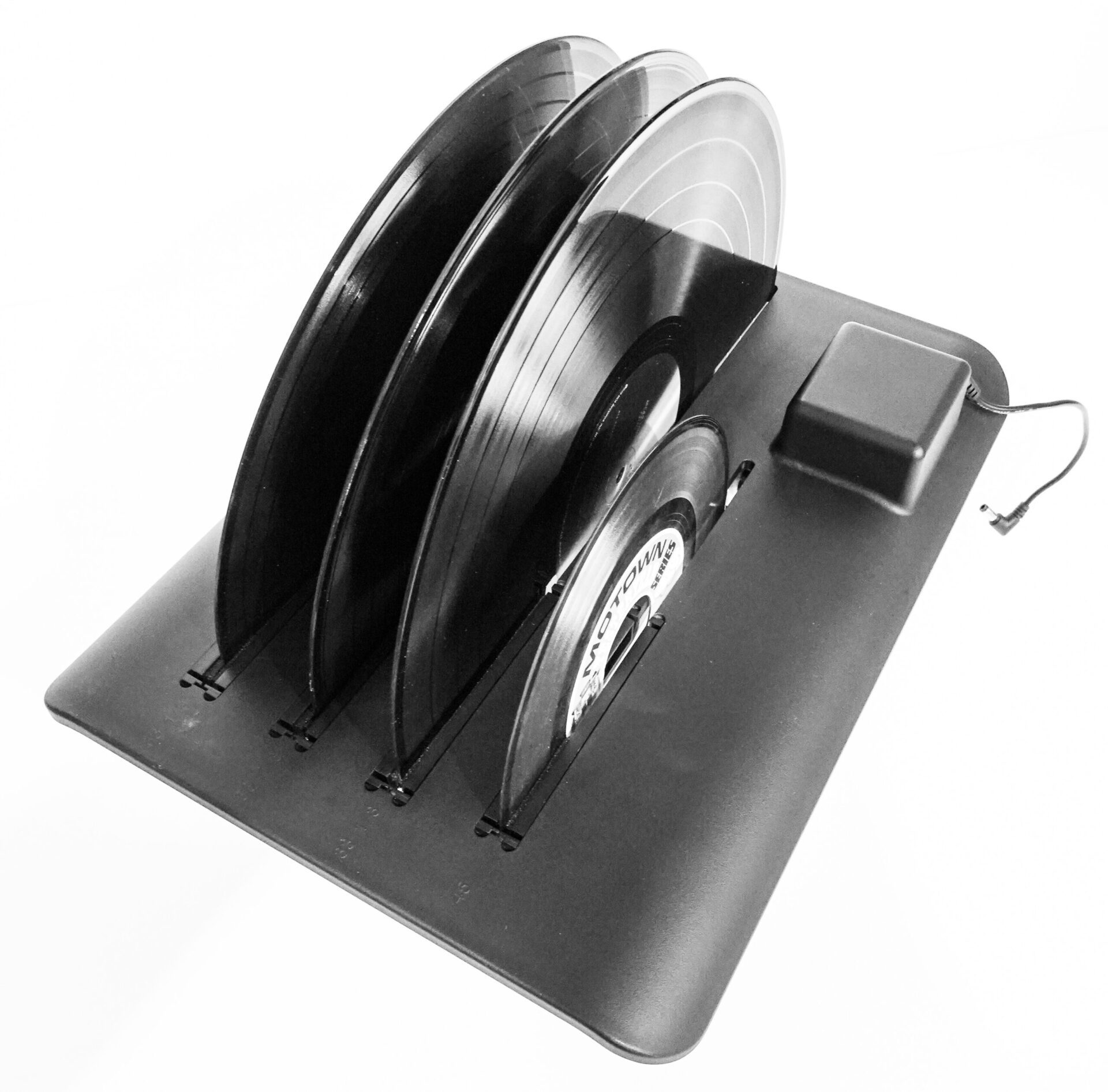
First and foremost, our patented record suspension system assures the safe cleaning and subsequent groove restoration of records of any size and speed, without damage from mechanical intrusions of skewers and such. Four records of varying size may be processed in one session, with a resonance of 70kHz to the 35kHz sonic resulting in restoration. The distance between records is critical in any ultrasonic process, and any less distance than what’s offered by the KA-RC-1 sees a high standing wave negating the benefits of cavitation.
Secondly, only distilled water with a maximum of 40mL (1.4oz) of 70% isopropyl alcohol solution constitutes the initial de-grease bath. While the alcohol in safe quantity (per the PVC Chemical Compatibility Chart) may assist in removing fingerprint oils, it’s primarily used to kill live and dormant funguses that our process cleans off. Only in the first five-minute initial wetting cycle does this remove some of the surface dust, fingerprint oils, dirt, and fungus, as both the record and water retain the same charge.
In subsequent restoration cycles (of either two or five minutes, followed by a five-minute final cycle), we apply onto the record a PVC-friendly, water-soluble, anti-bacterial, anti-fungal, and anti-static ionizing surfactant spray. When brushed in using the supplied goat hair brush, the application now changes the charge of the record with relation to the water in the ultrasonic’s tank, thus starting the groove cleaning and restoration process. In a process that’s patent-pending, the 500 MPH (805 KPH) plasma wave created by cavitation is now attracted to both the record and its grooves. With the plasma wave now brushing against the applied surfactant, accumulated surface contaminants present from other cleaning systems and processes are now removed. Unfortunately, the potential charge difference “washes off” as the record spins; we therefore re-apply the ionizing spray and continue to process the records in multiple two- to five-minute cycles, removing from the record and its grooves the release agent, dust, and other contaminants micro-welded into the grooves by the heat of the needle making contact with said release agent. Because of this, unwanted pops and crackles disappear.
To be attracted to the record, ultrasonics need an ionizing surfactant to aid the plasma wave that results from cavitation, changing the charge of the record since vinyl typically repels water. Without this, groove restoration and cleaning may not occur. We use a diol-1-2-178 propanediol bipolar agent, an anti-static and anti-fungal ionizing surfactant safe for PVC.
You can perform a simple test. Place the record on a horizontal workspace and pour on the record your favorite cleaning solution. You will see the record repel water, suspending it on the record. Using your finger to move the solution around, you will also see large droplets of the solution cover the grooves. The grooves’ average diameter is only 30 microns, and as narrow as six microns at the bottom of a standard RIAA-compliant pressing. Our process breaks this down, changing the charge of the record and, when complete, leaving it virtually dry.
CAUTION: For reasons explained below, putting our agent onto a record or into a tank of water with any other ultrasonic will not work. Permanent damage to records may occur when using our surfactant with other ultrasonic systems. With the AudioDesk system, our agent gums up the pump and gear mechanism. Only use our KA-AS-1 surfactant spray with our system.
Also note that ammonia-based jewelry cleaning solutions, alcohol, and ethylene oxide (Tergitol, Triton 100) should not make contact with records. In general, whether manually or in a system, we suggest never using any cleaning agent of unknown makeup. When you see a solution with an ingredients list, always check the safety of the included chemicals with our PVC Chemical Compatibility Chart.
Our process allows you to determine first-hand when a record is cleaned and restored. As the surfactant is brushed onto the record and into the grooves over multiple two- or five-minute cycles, you’ll see an increase then decrease of a toothpaste-like substance brought up by the goat hair brush (the KA-B-1, also sold separately). This comes from materials softened by the prior cycles of the ultrasonic cycle process, such as fungi, contaminants, and agents applied in prior cleaning methods and systems. The last cycle is determined when these materials rapidly evaporate or diminish in quantity. Records come out virtually dry as PVC repels water, and the record is clean and restored.
You can’t just place records into any ultrasonic machine and expect miraculous results. In a patented discovery, we found that due to the like charges of the record and the water in the basin (with or without an added solvent solution), the water and record repel each other.
The Absolute Sound refers to our thorough process as a restoration system, saying in an April 2020 review of the KA-RC-1, “You’ll be rewarded with a more spacious soundstage and truer instrumental timbre.”
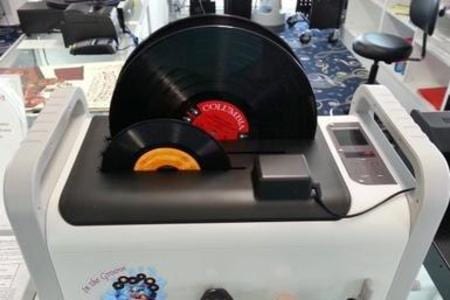
Affordability
For the 120 VAC US Model, at a List / MAP advertised price of $1,290 USD, (check for any show specials), everyone can restore and enjoy their record collections, which inevitably require maintenance.
When playing records, dust particles and contaminants build up on the stylus, dulling the sound.
If a release agent hasn’t been removed, any dust particles in the grooves may become micro-welded into the release agent by the heat of the needle generated by friction, resulting in more pops and added surface noise. Even new pressings are subject to the same conditions as older, used records.
As to record health: Even new and latest pressings are subject to the same conditions as your old collection.
Release agents are found on the record as a residue from the pressing process and must be removed prior to playback, otherwise they become a magnet for dust and other airborne contaminants. The Shure Brothers in the 70’s called this a “pressing oil”, long forgotten. Heat generated by the contact of the stylus lodges into the grooves micro-dust particles, which with the release agents are micro-welded into the grooves.
The release agents themselves aren’t sprays applied to the pressing machine’s surface or stampers. Rather, they’re stabilizers and liquefiers added into the PVC mix that when heated form a type of silicic acid. During the pressing process, the release agent then bubbles up to the record’s extremities and surface which helps release it from the stampers. To retain and restore a record’s breath and magic, we recommend removing this residue before a new record is played. Records are pressed in less than pristine areas and in cases where records are played before packaging, the Kirmuss process also removes dust hot-welded into the grooves at the pressing plant.
If you do not have one of our systems, to remove a record’s dust and static prior to play we recommend alwaysa 10 micron parastatic felt brush to remove dust followed by using an aluminum-cased, 2.5-million bristle carbon fiber brush to remove static before every play. (Our KA-B1). Also use a non alcohol-based liquid needle cleaner to remove dust and static collected by the needle (Our KA-N-1).
Keep restored records in our HDPE (non-PVC) 4-mil anti-static, anti-fungal sleeves and store vertically.
Competing cleaning methods will not restore records to like-new condition, but with groove restoration, we now find the dyne of the needle making better contact with detail pressed in the record’s the grooves, and our removal of release agents also means that light surface scratches are no longer an issue. Seven or eight times out of 10, our system makes inaudible a “skid mark” from a tone arm that crossed the surface of a record, for the aforementioned reasons. Once every two or three years, process the record with a five-minute cycle, as regular handling might leave fingerprint oils on the record’s edges and surfaces.
Our process might make records look worse, because some sellers hide scratches using now-removed substances like WD40, car wax, and lighter fluid. Not knowing the record’s provenance, in some cases our process won’t remove all the pops and crackles, but will generally reduce previously described undesirable effects, resulting in listenable and enjoyable records and increasing the signal level over floor.
On new pressings we provide 1.3 dB gain, and with vintage records upwards of 3 to 4 dB gain over floor depending on their provenance.
Everyone’s An Armchair Expert!
Frankly speaking, there’s widespread misinformation regarding record cleaning. Soaps, chemical mixes and brews, and especially the overly generous use of alcohol… not to mention Tergitol, Photo-Flo, and even an ether-based cleaning solution for windows, an unsafe blue solution sold by one distributor of jewelry and dental cleaning ultrasonics are all hazardous to your record’s health! Never buy any cleaning solution that does not show its chemical ingredients. (Our ionizing agent is a propanediol 1-2-178 with distilled water, safe for records.)
These negatively affect the record either during or after cleaning. Some are anti-surfactants repelling an ultrasonic’s action, while others are not safe to use on PVC. Remember, always check a chemical’s compatibility with our PVC Chemical Compatibility Chart.
Non PVC-friendly cleaning solutions result in issues. Some of these agents are actually enzyme-based and promote fungus, masking the frequencies and timbre of the music by making the needle ride higher in the groove and not make full contact with the left and right channels. Liquids that are Ether or Alcohol based affect the record’s plasticizer.
Unlike other cleaning systems, the Kirmuss record restoration process leaves records virtually dry, proving the premise of the record’s PVC repelling water. No air or vacuum drying needed. Any droplets of water are removed by the supplied optician’s lint free microfiber cloth.
As used in other ultrasonic, manual, or vacuum record cleaning systems, air drying or blow drying of chemicals that are not physically or mechanically removed further creates issues that accumulate over time (such as the introduction of static) and reduction of timbre as the cleaning solutions leave residues and further coat the record. .
Ultrasonic cleaners have indeed existed for decades, and while care must be taken when introducing chemicals into the ultrasonic bath, it’s a highly valuable cleaning tool. Any frequency higher than 35kHz is detrimental to a record’s health; the issue is not the size of the bubble, but rather the speed of the plasma wave as it hits the record. To avoid standing waves in the basin that negate cleaning and restoration, look for a resonance at 70kHz in a 35kHz sonic.
In fact, many ultrasonics advertised as 40 KHz or 120 KHz are not actually using cavitation, rather, are sonic bubblers agitating a soap in the ultrasonic’s bath. USE THE ALUMINUM FOIL TEST TO SEE WHICH MANUFACTURER USES CAVITATION OR A SOAP BUBBLER/AGITATOR. Or see our testing results using a cavitation tester.
But ultrasonic action alone isn’t enough. Our system removes release agents, micro-welded dust particles, fungus, and layers of previous cleaning system residues, thus restoring the record to its full potential. In our system, properly spaced records float safely and aren’t speared or squeezed (which damages the record and its label), a temperate distilled water bath is the “mechanical” cleaning action (plasma wave generated through cavitation), and a water-soluble and PVC-safe ionizing surfactant agent is sprayed onto the record’s surface to attract the plasma wave. The temporary change of the record’s charge with respect to that of the water, as well as the multiple cycles with the repeatedly applied ionizing agent, removes from the grooves the aforementioned unwanted release agents. The Kirmuss Audio KA-RC-1 is the ultimate solution to preserving your valuable record collection, truly restoring and maintaining records at an affordable price. RESULTS ARE GUARANTEED!

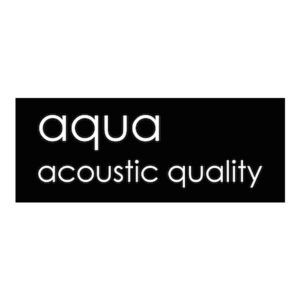

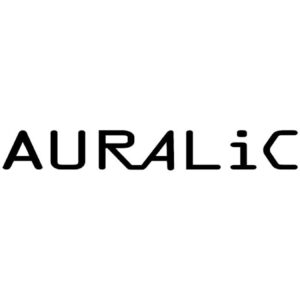

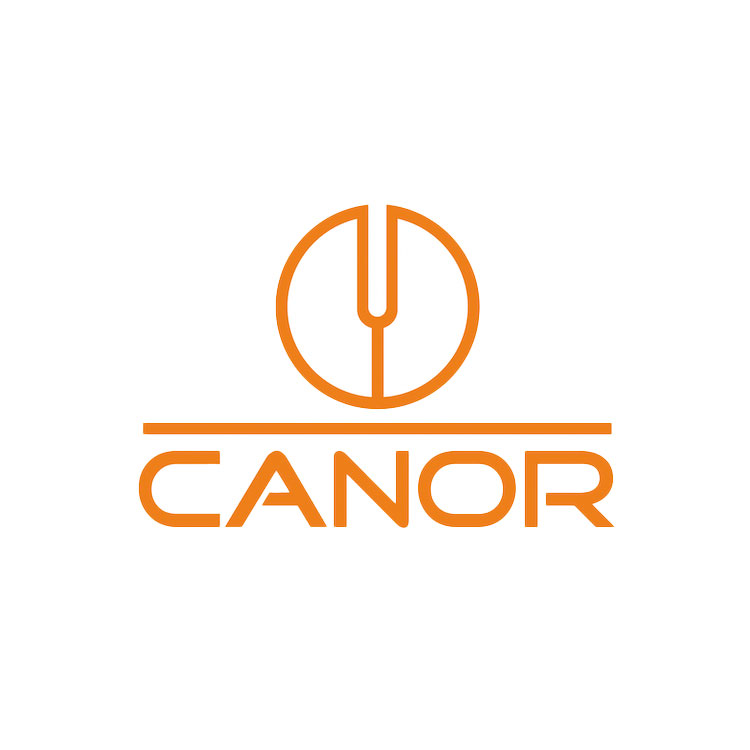

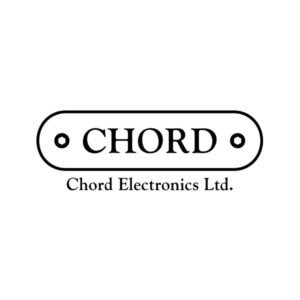
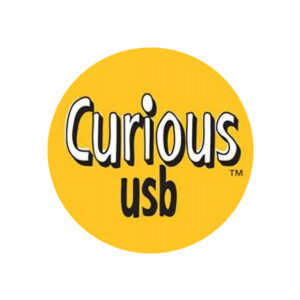
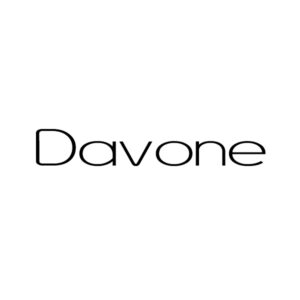
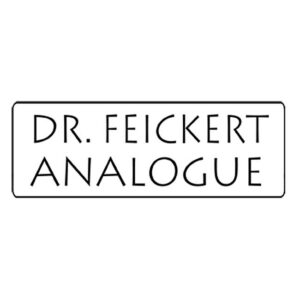





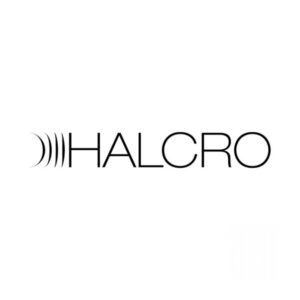
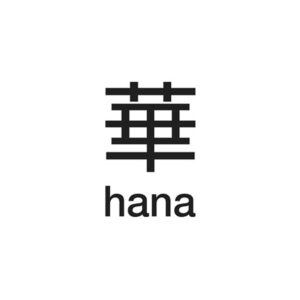



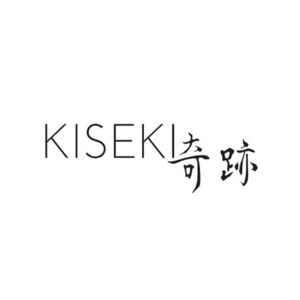


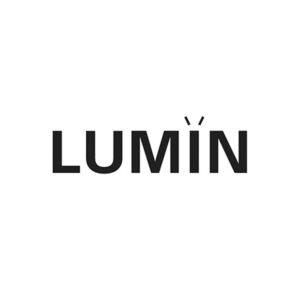




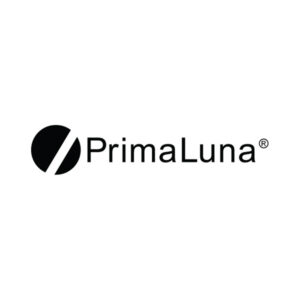



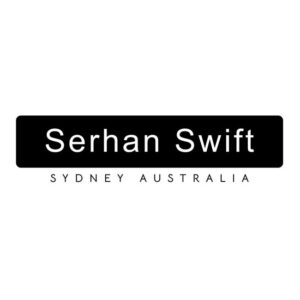

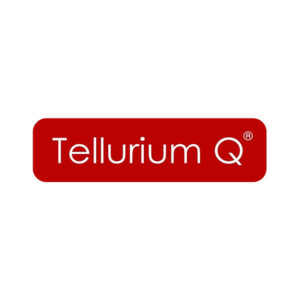



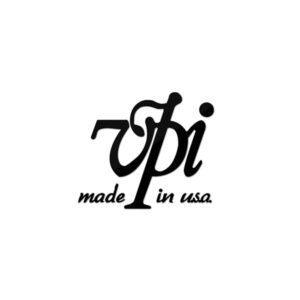

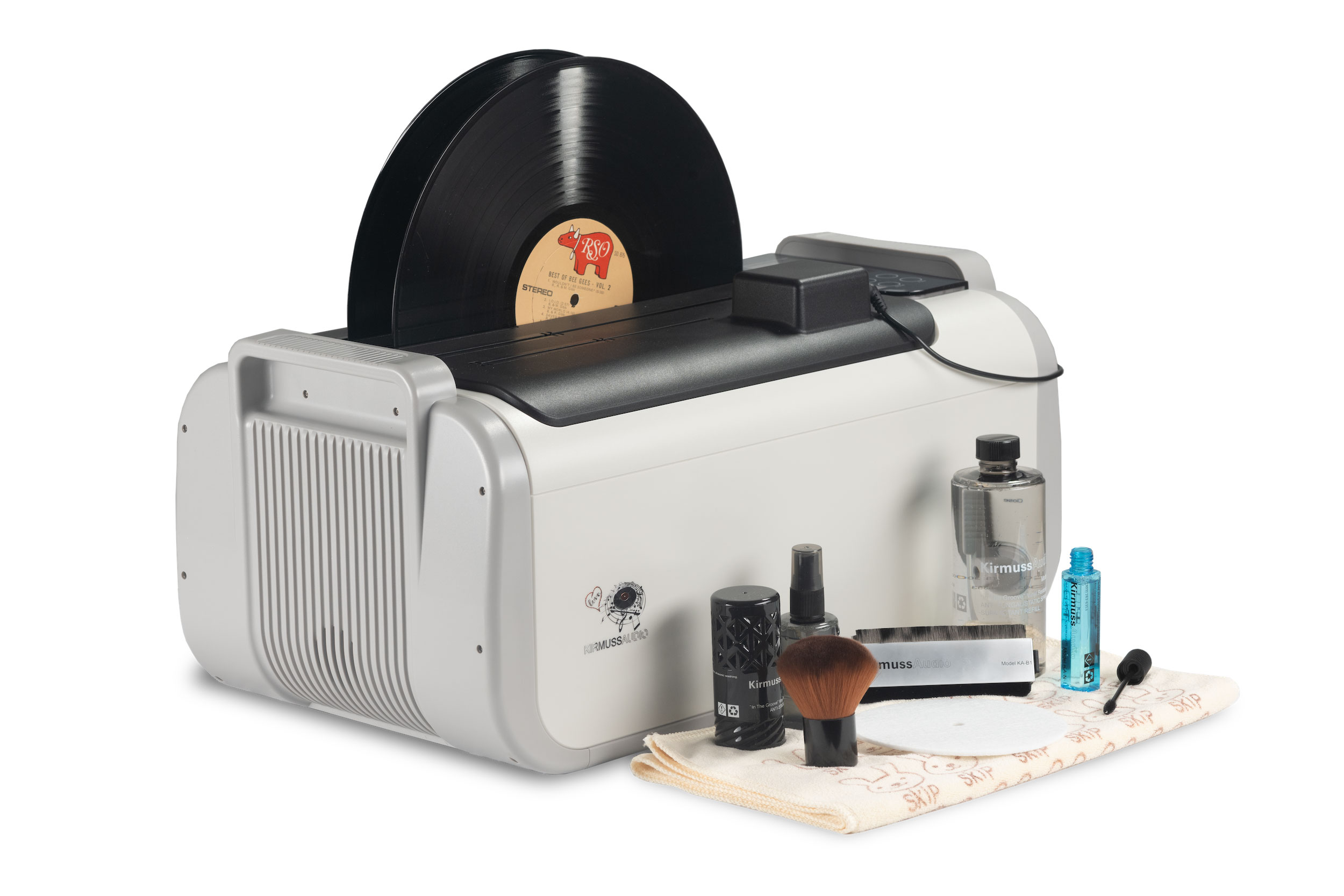
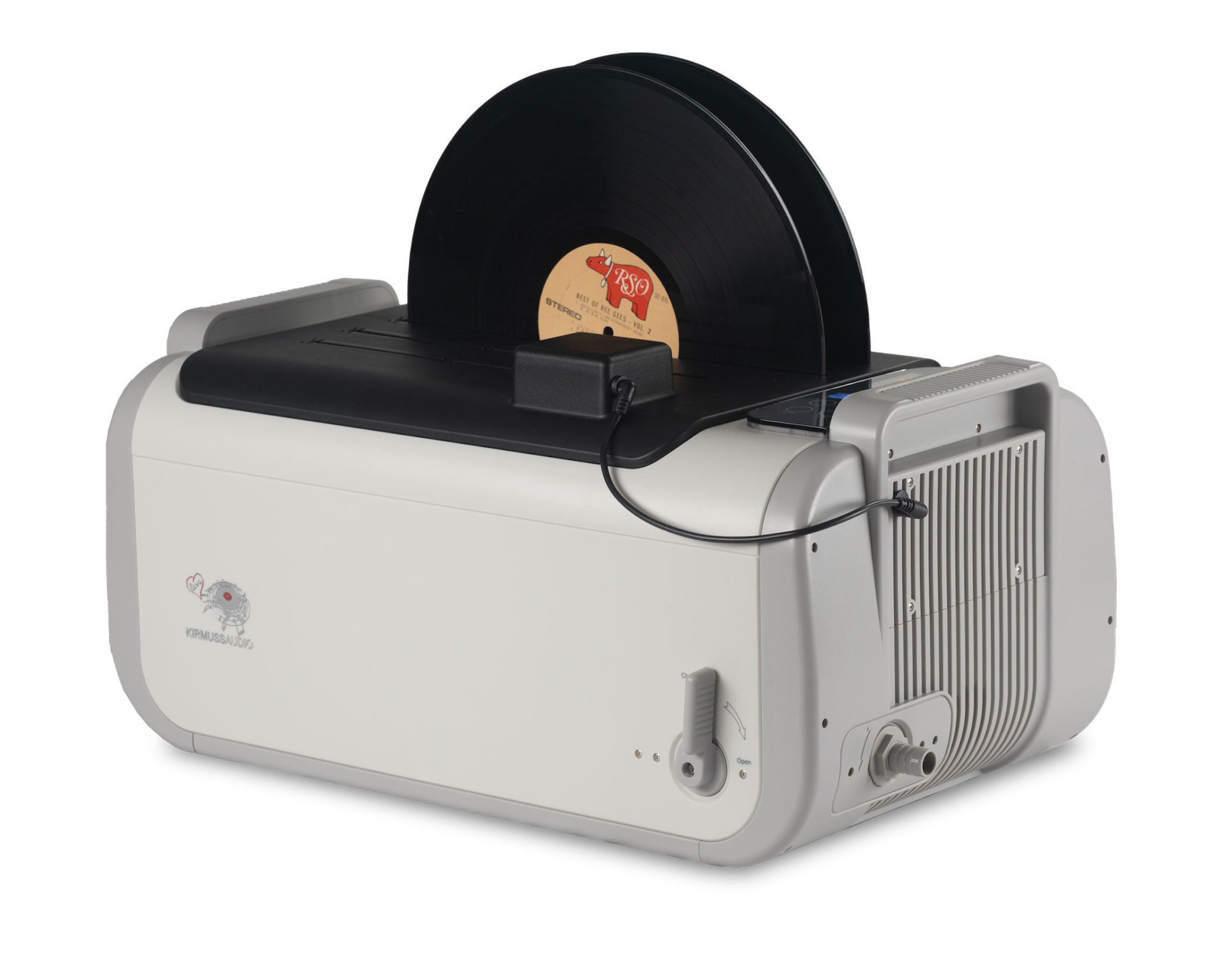
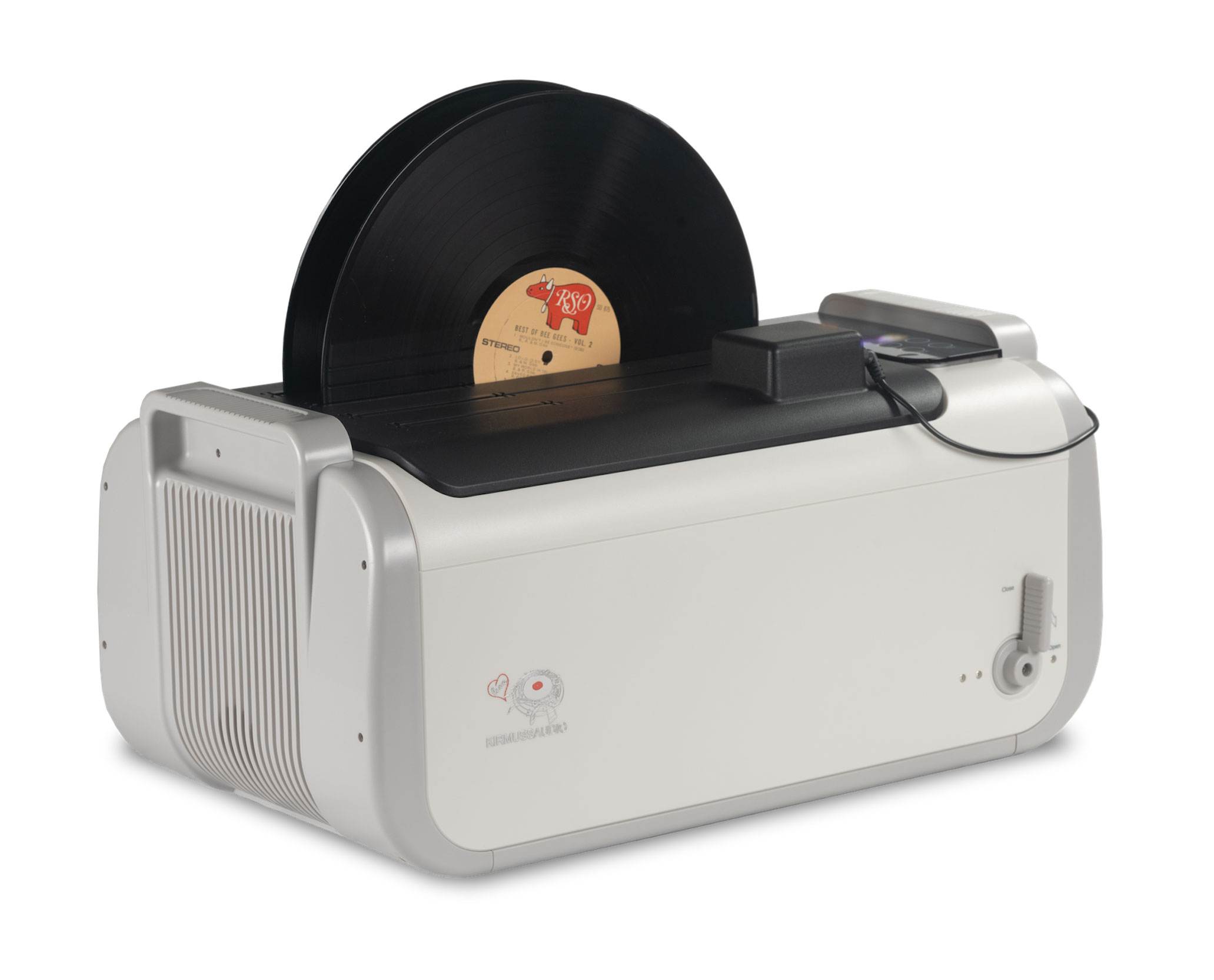

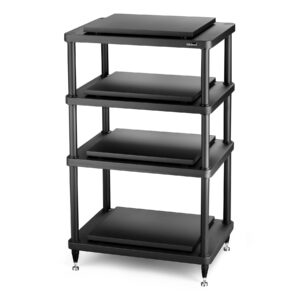

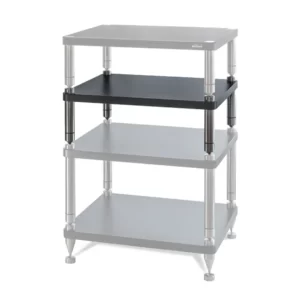
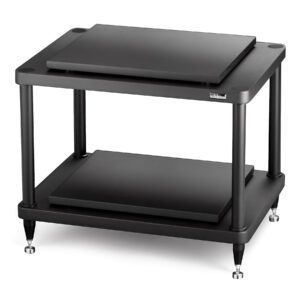
Reviews
There are no reviews yet.